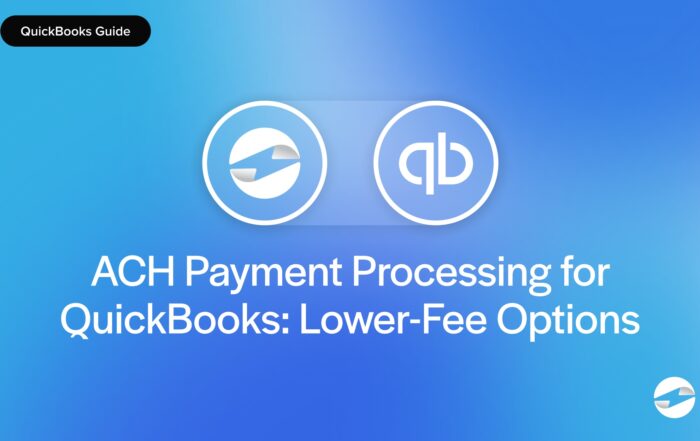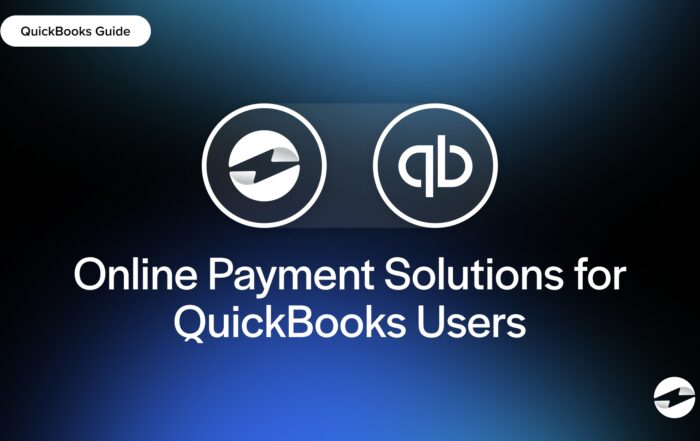What is days payable outstanding (DPO)?
Days payable outstanding (DPO) is the average number of days a company takes to pay its suppliers after receiving an invoice. This metric helps businesses evaluate their cash flow strategy and supplier relationships. A higher DPO means the company holds onto cash longer before making payments which can improve liquidity but may strain vendor trust. A lower DPO means suppliers are paid quickly which fosters strong relationships but may limit cash flexibility.
To get an idea of this, think of a retail company that is preparing for the holiday season. If it stretches DPO too far, vendors might delay shipments, and inventory will be short. If it pays too soon, it will drain cash for marketing campaigns.
Key Points
- DPO balances cash flow and supplier relationships. Days payable outstanding (DPO) measures how long a company takes to pay suppliers. A high DPO can improve cash flow but may strain relationships. A low DPO can foster goodwill but reduce financial flexibility.
- Optimizing DPO is key for business strategy. Companies should align their DPO with industry benchmarks and financial goals.
How to calculate days payable outstanding
To calculate DPO, businesses use the following formula:
DPO=((Average Accounts Payable/Cost of Goods Sold)×365 )
Where:
- Average Accounts Payable = (Beginning A/P + Ending A/P) ÷ 2
- COGS = Cost of goods sold is the direct costs associated with producing goods or services.
Days payable outstanding example
Imagine a small manufacturing company that purchases materials from multiple vendors. At the start of the year, it had $150,000 in accounts payable, which increased to $250,000 by year-end. Their cogs came out to $1,500,000. Their DPO calculation would be:
Average Accounts Payable = (Beginning A/P + Ending A/P) ÷ 2
(150,000 + 250,000) / 2
Average Accounts Payable = 200,000
DPO=((Average Accounts Payable/Cost of Goods Sold)×365 )
(200,000 ÷ 1,500,000) × 365 =48.66 days
This means the company takes about 49 days to pay its suppliers.
What is a good days payable outstanding?
The ideal DPO depends on industry standards and a company’s financial goals.
High DPO (above industry average):
- A high DPO can help with cash flow by delaying payments. When you have more cash on hand, a company can invest in growth or have a cushion to cover unexpected costs.
- Risk: Suppliers may shorten credit terms or charge higher fees for late payments.
Moderate DPO (industry benchmark):
- Balances supplier goodwill with strategic cash flow management.
- Allows businesses to maintain flexibility without damaging vendor relationships.
Low DPO (below industry average):
- Low DPO indicates prompt payments which can lead to supplier discounts and stronger partnerships.
- Risk: Reduces available working capital for other investments.
Managing DPO is not just about timing—it’s about balancing liquidity, vendor relationships, and long-term growth strategies.
You May Also Like
Read More
EBizCharge Listed as a 2025 Construction Executive Top Construction Technology Firm
Read More
Read More



